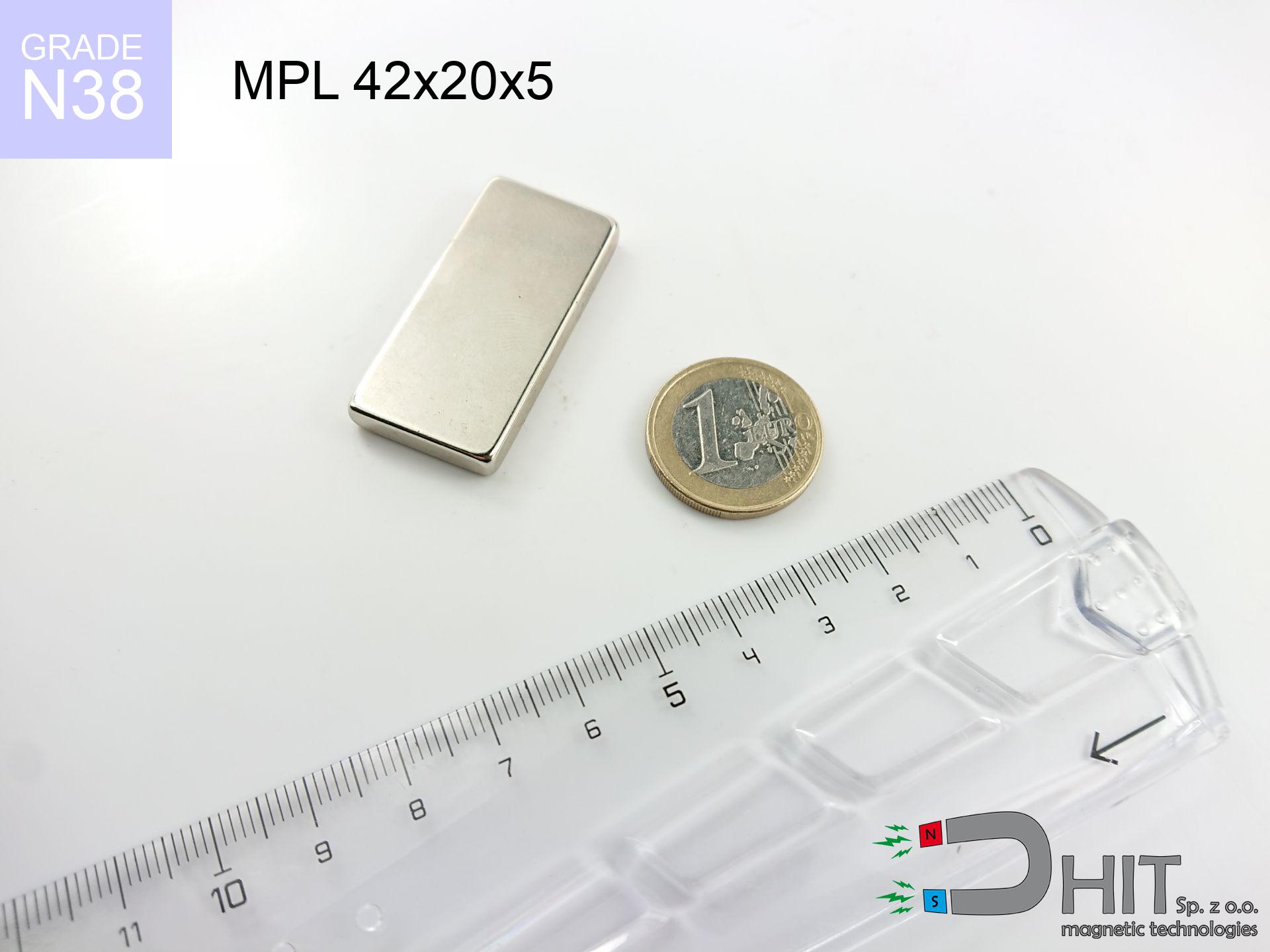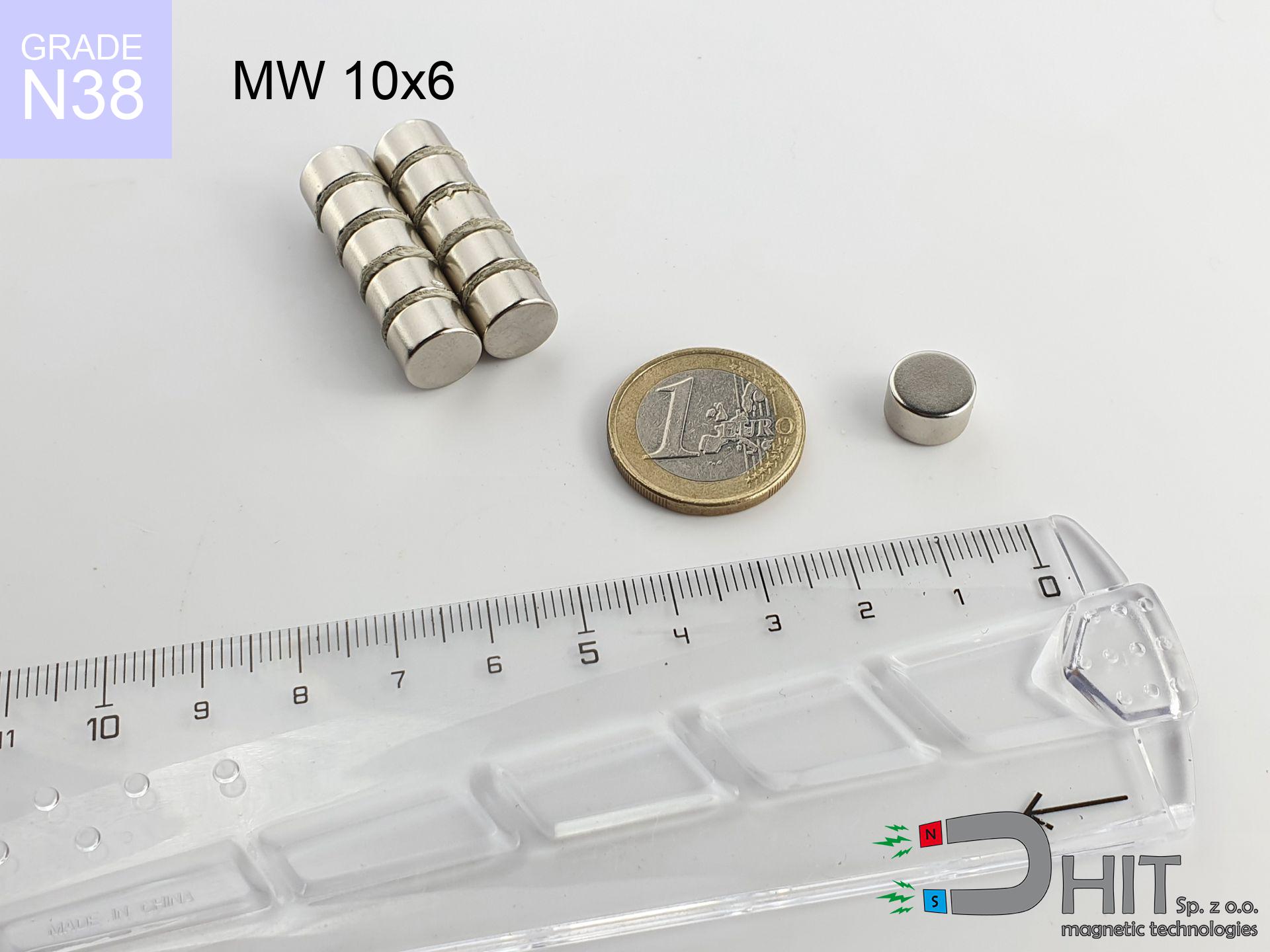BM 450x180x70 [4x M8]
magnetic beam
catalog number 090219
GTIN: 5906301812548
length
450
mm [±0,1 mm]
width
180
mm [±0,1 mm]
height
70
mm [±0,1 mm]
catalog number 090219
GTIN: 5906301812548
length
450 mm [±0,1 mm]
width
180 mm [±0,1 mm]
height
70 mm [±0,1 mm]
4734.89 ZŁ gross price (including VAT) / pcs +
3849.50 ZŁ net price + 23% VAT / pcs
bulk discounts:
need more quantity?Don't know what to choose?
Call us tel: +48 22 499 98 98 or get in touch through form on the contact page. You can check the mass and the shape of magnet in our force calculator magnetic calculator
Orders placed by 2:00 PM will be shipped on the same business day.
Specification: magnetic beam 450x180x70 [4x M8]
Product suggestions
Advantages and disadvantages of neodymium magnets NdFeB.
Apart from immense strength, neodymium magnets have the following advantages:
- They do not lose their power (of the magnet). After about 10 years, their power decreases by only ~1% (theoretically),
- They are extremely resistant to demagnetization by external magnetic sources,
- In other words, thanks to the shiny coating of nickel, gold, or silver, the element acquires an aesthetic appearance,
- They have exceptionally high magnetic induction on the surface of the magnet,
- By using an appropriate combination of materials, they can achieve high thermal resistance, allowing them to operate at temperatures up to 230°C and above...
- The ability for precise shaping or customization to specific needs – neodymium magnets can be produced in a wide range of shapes and sizes, which expands the range of their possible uses.
- Significant importance in the industry of new technologies – are used in hard drives, electric drive mechanisms, medical equipment and other advanced devices.
Disadvantages of neodymium magnets:
- They are prone to breaking as they are fragile when subjected to a powerful impact. If the magnets are exposed to impacts, we recommend using magnets in a steel housing. The steel housing in the form of a holder protects the magnet from impacts and also increases its overall strength,
- Magnets lose their strength due to exposure to high temperatures. In most cases, when the temperature exceeds 80°C, these magnets experience permanent reduction in strength (although it is worth noting that this is dependent on the form and size of the magnet). To avoid this problem, we offer special magnets marked with the [AH] symbol, which exhibit high temperature resistance. They can operate even at temperatures as high as 230°C or more,
- Magnets exposed to a humid environment can corrode. Therefore, when using them outdoors, we recommend using waterproof magnets made of rubber, plastic, or other moisture-resistant materials,
- The use of a cover - a magnetic holder is recommended due to the limited production capabilities of creating threads or complex shapes in the magnet
- Possible danger associated with microscopic parts of magnets are risky, when accidentally ingested, which is particularly important in the context of children's health. It's also worth noting that small elements of these products have the potential to hinder the diagnostic process in case of swallowing.
Handle with Care: Neodymium Magnets
Keep neodymium magnets away from people with pacemakers.
Neodymium magnets generate strong magnetic fields. As a result, they interfere with the operation of a pacemaker. This is because many of these devices are equipped with a function that deactivates the device in a magnetic field.
The magnet coating contains nickel, so be cautious if you have a nickel allergy.
Studies show a small percentage of people have allergies to certain metals, including nickel. An allergic reaction often manifests as skin redness and rash. If you have a nickel allergy, you can try wearing gloves or simply avoid direct contact with nickel-plated neodymium magnets.
Neodymium magnets can demagnetize at high temperatures.
Although magnets have demonstrated their effectiveness up to 80°C or 175°F, the temperature can vary depending on the type, shape, and intended use of the specific magnet.
Make sure not to bring neodymium magnets close to the TV, wallet, and computer HDD.
Neodymium magnets generate strong magnetic fields that can damage magnetic media such as floppy disks, video tapes, HDDs, credit cards, magnetic ID cards, cassette tapes, etc. devices. They can also damage videos, televisions, CRT computer monitors. Remember not to place neodymium magnets close to these electronic devices.
Neodymium magnetic are delicate and can easily break and shatter.
Magnets made of neodymium are highly delicate, and by joining them in an uncontrolled manner, they will crack. Magnets made of neodymium are made of metal and coated with a shiny nickel, but they are not as durable as steel. In the event of a collision between two magnets, there may be a scattering of fragments in different directions. Protecting your eyes is crucial in such a situation.
Neodymium magnets are over 10 times stronger than ferrite magnets (the ones in speakers), and their strength can shock you.
Read the information on our website on how to properly utilize neodymium magnets and avoid significant harm to your body and unintentional disruption to the magnets.
Never bring neodymium magnets close to a phone and GPS.
Neodymium magnets generate strong magnetic fields that interfere with magnetometers and compasses used in navigation, as well as internal compasses of smartphones and GPS devices.
Magnets will attract to each other, so remember not to allow them to pinch together without control or place your fingers in their path.
In the situation of placing a finger in the path of a neodymium magnet, in such a case, a cut or even a fracture may occur.
Magnets are not toys, youngest should not play with them.
Remember that neodymium magnets are not toys. Do not allow children to play with them. In the case of swallowing multiple magnets simultaneously, they can attract to each other through the intestinal walls. In the worst case scenario, this can lead to death.
Dust and powder from neodymium magnets are highly flammable.
Avoid drilling or mechanical processing of neodymium magnets. If the magnet is crushed into fine powder or dust, it becomes highly flammable.
Please read the article - What danger lies in neodymium magnets? You will learn how to handle them properly.

![BM 450x180x70 [4x M8] BM 450x180x70 [4x M8]](https://cdn3.dhit.pl/graphics/products/bm-450x180x70-4x-m8-duh.jpg)


![magnetic separator 25x300 [2xM8] / N52 magnetic separator 25x300 [2xM8] / N52](https://cdn3.dhit.pl/graphics/products/sm-25x300-2xm8-dij.jpg)


